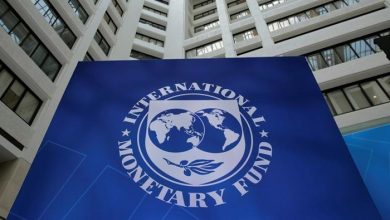High liquidity, hunt for safety dampen Treasury yields

Excess liquidity, coupled with investors’ search for safety, continues to drag down the short end of the treasury yield curve, despite the pandemic-induced weak macroeconomic fundamentals, investment analysts have said.
This year, treasury yields across the short end of the yield curve have remained depressed. For instance, the 91-day treasury bill rate, which shows the government’s three-month borrowing cost, has declined year-to-date by 0.82 percentage points, from 14.09 percent to 13.27 percent.
Equally, the 182-day and 364-day treasury bill rates have declined by 0.23 and 0.19 percentage points to 13.89 percent and 16.8 percent, respectively.
Speaking at the Pension Strategy Conference 2021 last week, Chief Investment Officer at Stanbic Investment Management Services, Kwabena Boamah, said that given the current macroeconomic indicators, interest rates should be increasing. However, he added, this seems not to be happening.
“This is because beyond the macroeconomic indicators are the factors of demand and supply dynamics,” he said.
“If you look at the current situation, you don’t only have foreign investor interest, you also have a local participating interest as well, which has been going up over the short-term period. So, the government is looking to raise funds, but a lot more people are willing to provide the funds. Hence, what is pushing the yield curve downwards has to do more with the demand and supply dynamics, as we’re seeing more liquidity supply.”
Mr. Boamah also indicated that the current heightened credit risk due to the slow economic recovery has made institutional investors risk-averse.
“Therefore, the safe haven which we are all looking towards is the government securities,” he added.
According to the Bank of Ghana, credit extended to the private sector eased throughout 2020. On an annual basis, the growth of net credit to the private sector slowed to 5.8 percent in December 2020 compared with 23.8 percent in the corresponding period of 2019. At the same time, the government’s domestic debt stock increased by GH¢44.33bn to GH¢147.3bn as of November 2020, from GH¢102.9bn in 2019.
A senior analyst with Databank Research, Courage Kingsley Martey, said the high liquidity on the market is due to the swift move by the central bank to unleash a substantial amount of liquidity during the early stages of the pandemic.
As a result, domestic borrowing by the government cannot crowd out the private sector, he said, adding that the private sector is not receiving enough credit due to commercial banks being risk-averse.









